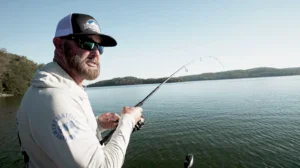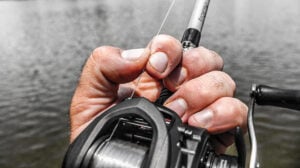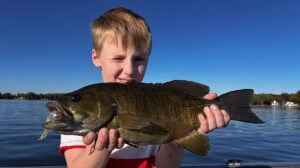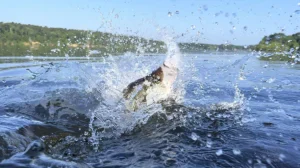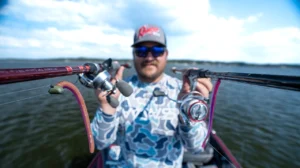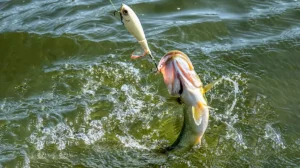Sometimes, Mother Nature can be downright stubborn.
Consider a lake in upstate New York, which was the subject of a study by fisheries scientists at Cornell University. An invasive species, smallmouth bass, had been introduced into the private lake and had taken over.
Normally, that would be a good thing. But not in this case. Members of the club were more focused on catching the native species in the deep, cool-water lake — namely big lake trout.
But the lakers were losing the battle to the more aggressive smallmouth bass.
“We were seeing 20-year-old lake trout that were only 8 inches to a foot long,” said Liam Zarri, who conducted the study as part of his doctoral dissertation. “They were very stunted; runts. The smallmouth bass really depressed the native minnow populations and they were having a drastic effect on the native fish.”
Scientists decided there was only one way to boost the population of native species — to remove as many smallmouth bass as possible.
Through electrofishing, netting and angling, they removed thousands of smallmouth bass. So, problem solved, right? Not exactly.
Despite the removal of many adult smallmouth bass, the surviving young fish thrived. In fact, the smallmouth population actually increased.
But by comparing archived data from 20 years ago with present-day information, Zarri found that the remaining smallmouth bass actually evolved into a species with different characteristics. They grew quickly but didn’t live long.
“Most of these remaining smallmouths are only one or two years old,” Zarri told Wired2fish. “Most of them are small, and don’t appeal to anglers. There are a lot of lakes in the region that have far better smallmouth fishing.
“The good thing is that they don’t take up as much biomass as they did before. And because they are young, they are feeding mostly on invertebrates, so they aren’t competing with the native species for minnows.”
Long story short, Mother Nature didn’t follow the scientists’ plans, but she corrected the situation on her own.
In the new setting, the lake trout are thriving too. There is more food available and the trout and other native species are responding with increased growth rates.
“We found that early on that there was no way to eradicate bass from some of these Adirondack lakes,” Zarri said. “But through our suppression efforts, we accomplished our goal: to increase growth rates of lake trout and give anglers a chance of catching trophy fish again.”
Zarri finished his study in June of 2024 and he has since moved on to a post with the Smithsonian National Zoo and Conservation Biology Institute. Meanwhile, officials with the Adirondack Fishery Research Program with Cornell University debate what comes next.
Do they walk away from the program or do they take different methods to reduce numbers of smallmouth bass?
Maybe Mother Nature will provide the answer.


